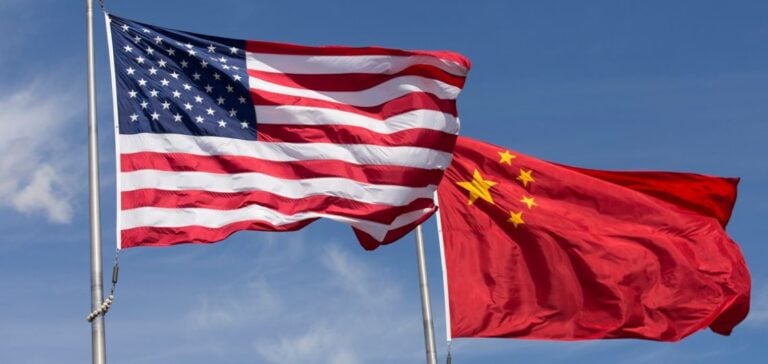The US government plans to increase tariffs on Chinese clean energy and electric vehicle products. According to the Wall Street Journal, rates could quadruple from 25% to around 100%. This increase in tariffs is in line with the protectionist measures initiated under the Trump administration. The Biden administration has continued to evaluate these policies. A maneuver designed to reduce American dependence and counter what are perceived as China’s unfair trade practices.
Potential impact on the energy industry
Moreover, higher tariffs could have a significant impact on Chinese companies wishing to penetrate the US market. It would also affect American consumers and industries that depend on imports of clean energy components. Treasury Secretary Janet Yellen expressed concern about Chinese overcapacity. In her view, this could saturate the global market with low-cost products, harming emerging industries in the United States. In this way, the tariff strategy is designed to protect US infant industries while providing leverage in bilateral negotiations.
International reactions and economic consequences
As a result, the American decision will have repercussions far beyond Sino-American relations. Trading partners in Europe and Asia will be closely monitoring the effects of clean technologies on supply chains and prices. What’s more, these measures could prompt other nations to adjust their own tariff barriers, potentially triggering a wave of protectionism across the global sector.
Future prospects and strategies
In addition, tensions between the United States and China continue to escalate. It is uncertain whether these new tariffs will encourage China to negotiate more openly, or whether they will lead to retaliation. What’s more, with the US presidential elections in sight, these measures could also be seen as a political maneuver designed to bolster domestic support by positioning itself as a defender of US industries.
In conclusion, the increase in tariffs on Chinese clean energy products represents a significant step forward in US trade policy. It has far-reaching implications for the global economy. These measures are designed to protect emerging American industries and rebalance global trade dynamics. The reaction of China and other nations will determine the next steps in this trade conflict. This could redefine international economic relations in the years to come.






















